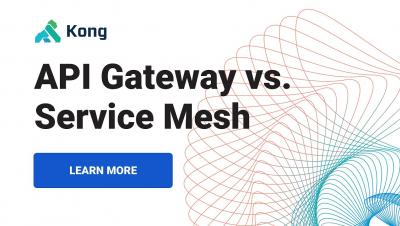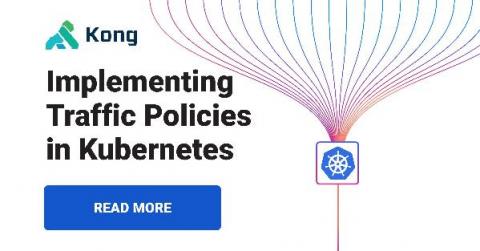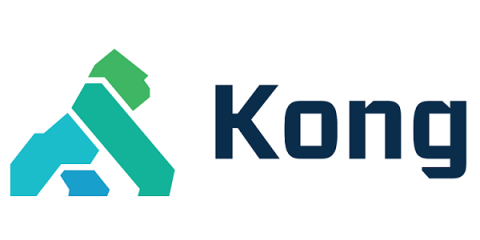Staying Agile on VMs and Kubernetes With Service Mesh
Over the past ten years, Clubhouse and other innovative startups built software quickly. They started from scratch and blew past their incumbents. But the fact of the matter is that speed is no longer a differentiator. Everyone can move quickly. We’ve seen it as Facebook and Twitter quickly duplicated Clubhouse’s “innovative” functionality. Today, it’s all about agility—taking the momentum that you’ve already built up.











